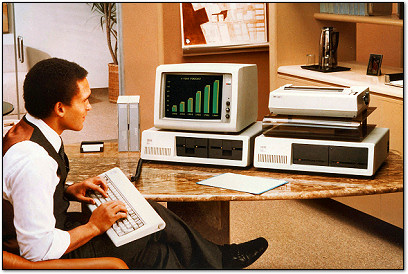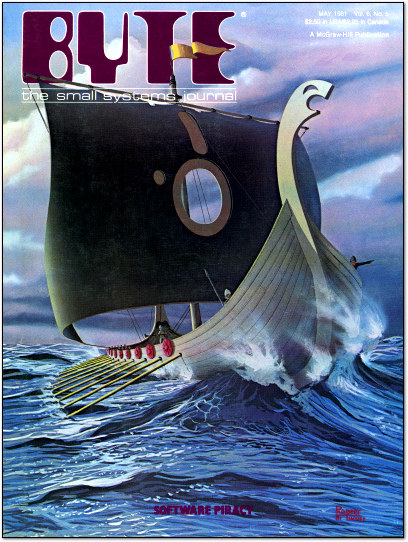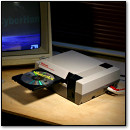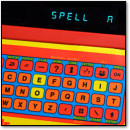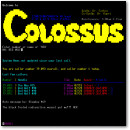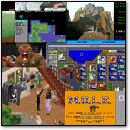The Untold Story of Atari Founder Nolan Bushnell’s Visionary 1980s Tech Incubator
Friday, February 17th, 2017Up now on FastCompany.com is my latest piece in a series of deep-dives into little-known tech history. (I wrote this last year – it’s been simmering on the backburner for quite some time.)
My article is about Nolan Bushnell’s Catalyst Technologies, a pioneering high-tech incubator in the 1980s:
In the annals of Silicon Valley history, Nolan Bushnell’s name conjures up both brilliant success and spectacular failure. His two landmark achievements were founding Atari in 1972–laying the groundwork for the entire video game industry–and starting Chuck E. Cheese’s Pizza Time Theatre in 1977. But there’s another highlight of Bushnell’s bio that has long gone undocumented: pioneer of the high-tech incubator.
In 1981, Bushnell created Catalyst Technologies, a venture-capital partnership designed to bring the future to life by turning his ideas into companies. In the era of the TRS-80, Betamax, and CB radio, startups funded by Catalyst pursued an array of visionary concepts–from interactive TV to online shopping to door-to-door navigation–that created entire industries decades later. “I read science fiction, and I wanted to live there,” Bushnell explains.
In researching the history of Catalyst, I found that it was far more successful than most people think, and that Bushnell’s post-Atari track record, despite several high-profile failures, is not as bad as one might assume from the negative media coverage he once garnered. It’s time to reconsider his post-Atari legacy, in my opinion, and this article is the first stop in doing so. Hope you enjoy it.
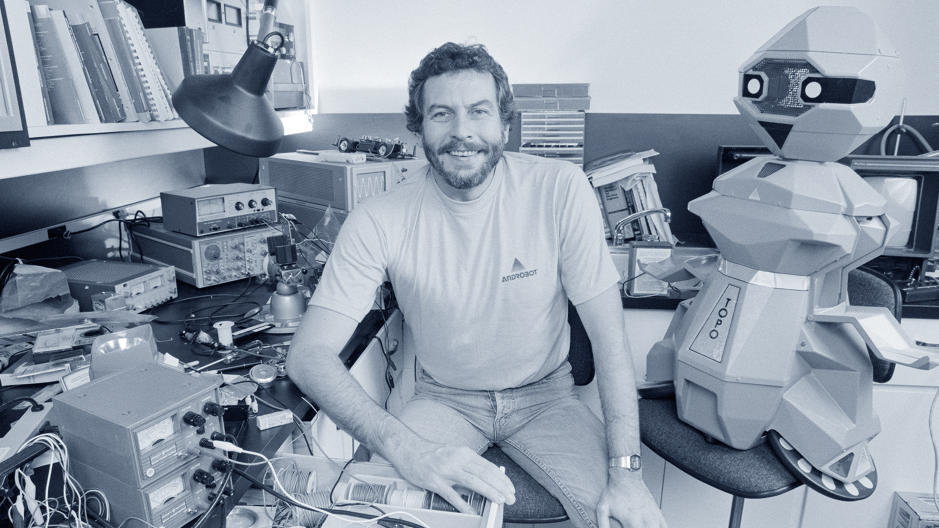
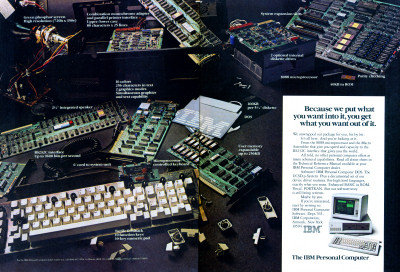
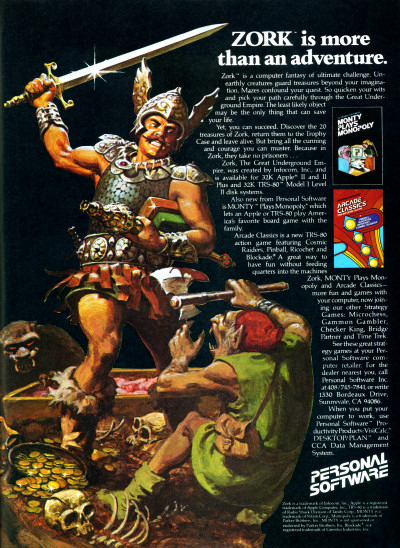
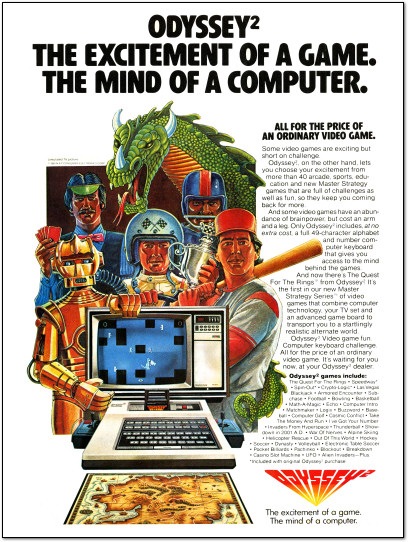
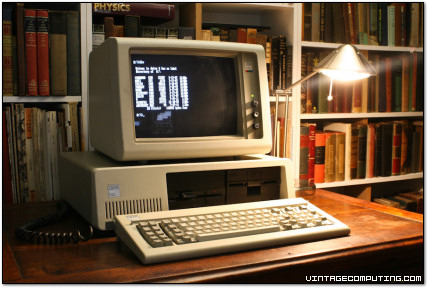
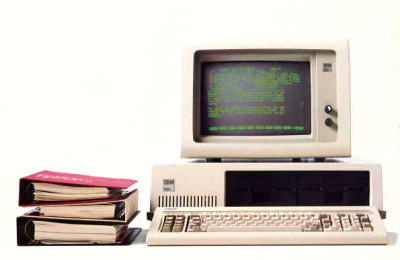
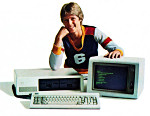 Much ballyhoo has been made, for example, about how IBM lost its grip on the PC’s direction as clones flooded the market. From a different perspective, that runaway-freight-train-of-a-platform is a success story for IBM.
Much ballyhoo has been made, for example, about how IBM lost its grip on the PC’s direction as clones flooded the market. From a different perspective, that runaway-freight-train-of-a-platform is a success story for IBM.
